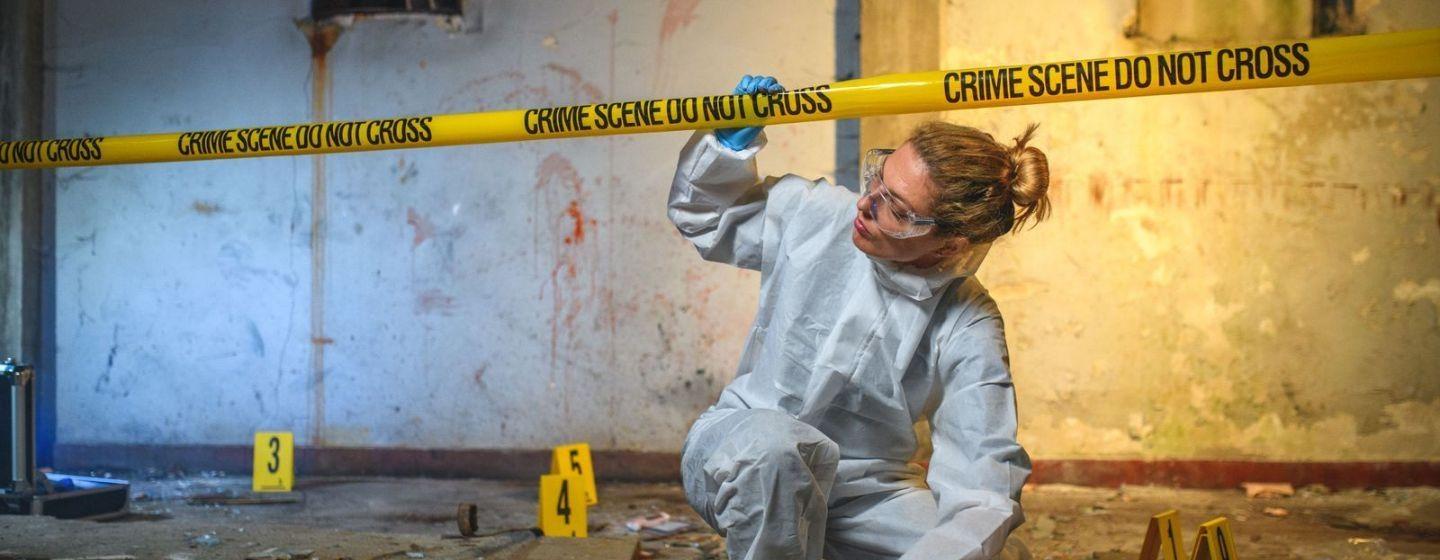DNA in Dust Could Help Solve Crimes


Every house collects dust. That dust could be the next frontier of forensic science, according to new research from NC State. The study shows that small pieces of DNA can be identified in dust, enough to pinpoint characteristics like hair color or ancestry.
“Lots of violent crimes that occur indoors aren’t being solved,” said Kelly A. Meiklejohn, Ph.D., assistant professor of forensic science at NC State. “This is another potential tool in the belt for forensic investigators.”
Most violent crimes reported to the police go unsolved, according to data from the Bureau of Justice Statistics. Only about half of violent crimes are even reported to the police, and the clearance rate for those crimes has hovered around 47% for decades. There are various explanations for this, ranging from an increase in crimes committed with guns (which make them harder to solve) to understaffed police forces.
Regardless of the explanation, Meiklejohn says that investigators need solutions for bridging the gap, and dust could be one of them.
Traditional DNA analysis identifies a single individual in the traces they leave behind, like blood or saliva. The dust method doesn’t have that level of specificity because the DNA in dust is often degraded or difficult to separate. However, when detectives don’t have any leads and there aren’t intact DNA samples left behind at a crime scene, dust could be helpful.
“This could be a jumping-off point,” said Meiklejohn.
The team at NC State was able to identify single nucleotide polymorphisms, or SNPs, in the dust of 13 houses. SNPs are locations in the genome that differ between individuals. They’re used in businesses like 23andMe and Ancestry.com to identify ethnicity, lineage and sometimes health problems.
Using the SNPs, Meiklejohn and her colleagues were able to correctly identify which pieces belonged to the house’s occupants 90% of the time. They could also identify the non-occupants 50% of the time.
“This was a proof-of-concept study. We wanted to know if we could do the basics: get human DNA from dust, identify the occupants and separate the non-occupants,” said Meiklejohn.
The next step? Find out how long a non-occupant needs to be in the house to leave their traces in the dust.
Meiklejohn said she was contacted by at least one police force asking how it could get training on this method, which relies on equipment that not all forensic labs have. But, she says, in the next five to 10 years, more labs will be updated enough to access this tool.
“The more information investigators have, the better,” she said.